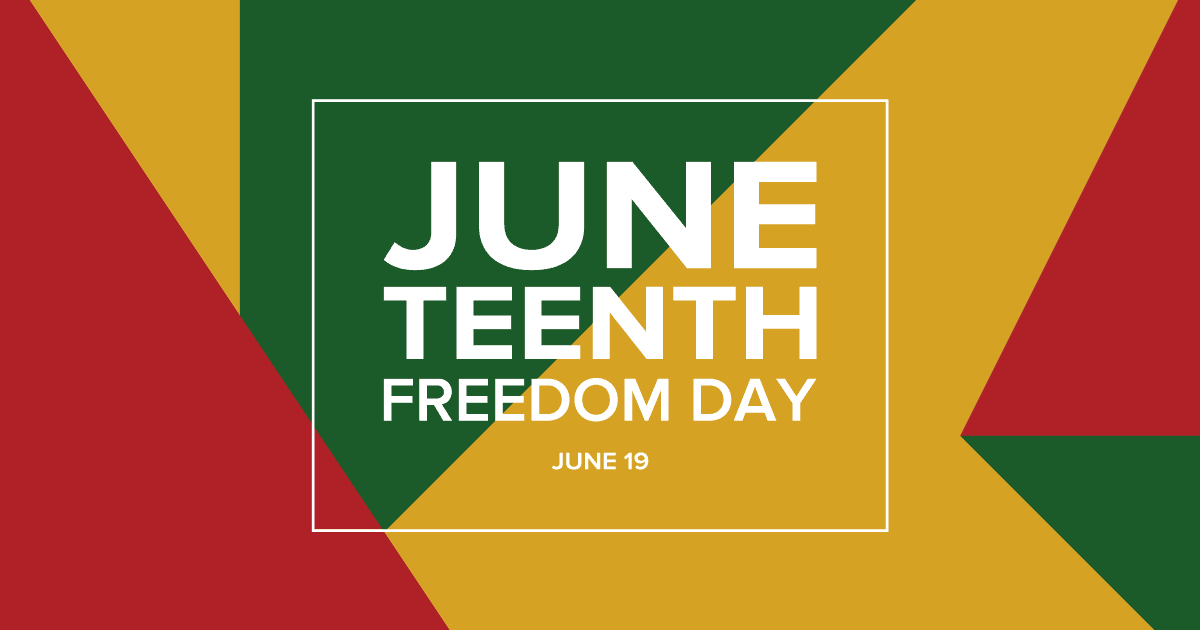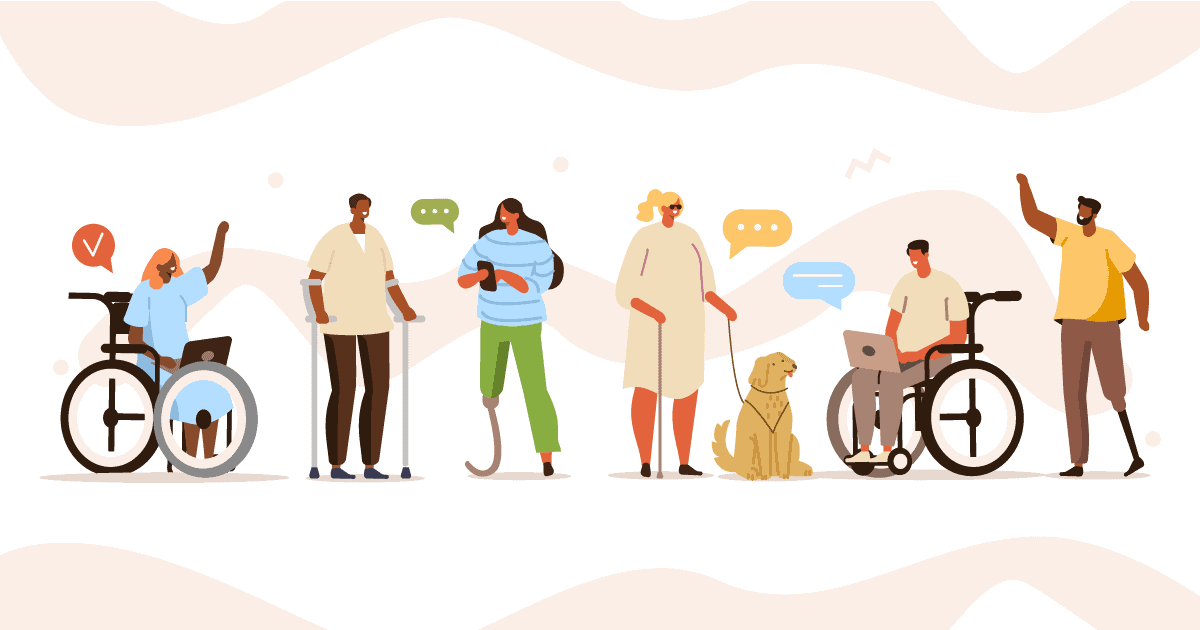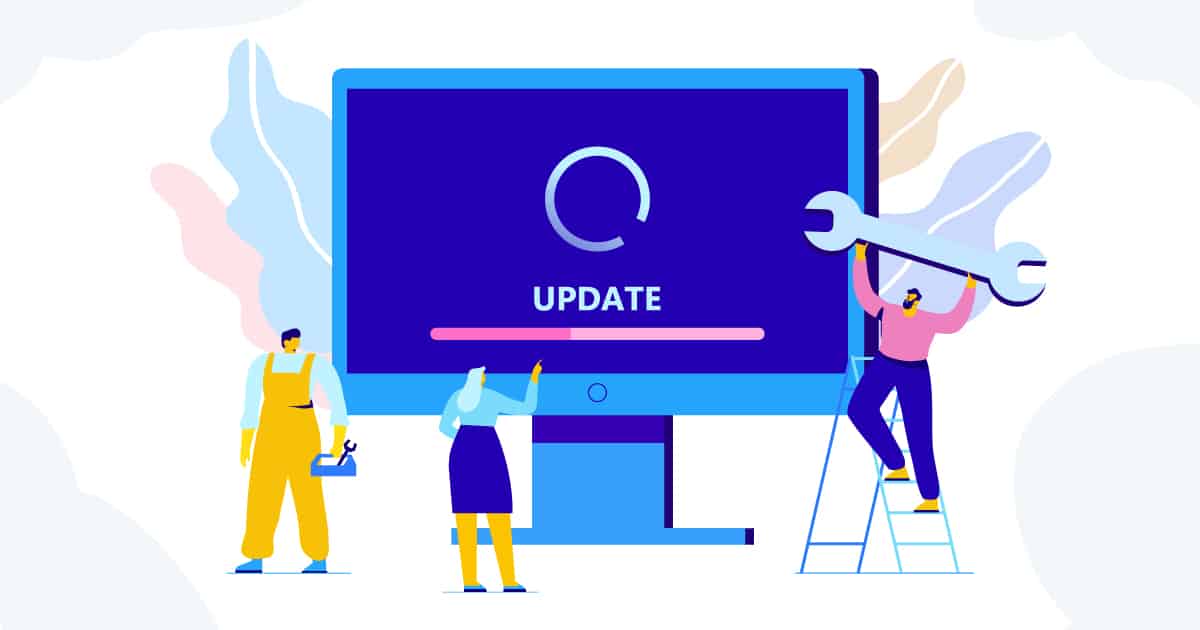Airship is a small company (currently 40 crew members strong!). However, no matter the size of your ...
- Code (35)
- Tech (32)
- Leadership (27)
- Best Practice (21)
- UX Design (18)
- Airship News (14)
- Industry (14)
- Birmingham (11)
- Process (11)
- Products (11)
- Ruby (7)
- Tools (7)
- Hiring (6)
- React Native (5)
- Open Source (4)
- DEI (3)
- Maintenance (3)
- Uncategorized (3)
- Accessibility (2)
- Git (2)
- User Research (2)
- Mobile (1)
Hello, my name is Josh Hubers. I'm a Voyage Builder here at Airship, and my wife and I live in an ...
We’re back with our second installment of the Airship Crew Log! We kicked off this quarterly series ...
At Airship, we acknowledge that voices have been underrepresented in our communities and in our ...
Five centuries ago, Martin Luther historically presented the 95 theses, leading to the Protestant ...
Spoiler alert! Most websites and web apps are not real-time and that is okay. Most websites don’t ...
For the past 10 years, Global Accessibility Awareness Day (GAAD) has focused on the importance of ...
Websites, web apps, and mobile applications all have one thing in common - they are built for ...
iOS 14 was released in September of 2020, and it brought in new and exciting experiences to iOS ...
When it comes to the lifecycle of a software product, there is perhaps no better meme or quote than ...

Start with: What problem are you trying to solve?
One of the activities we work through revolves around refining your problem statement. A problem statement is the key business problem that needs to be solved. In software development, it states “what has to be done” for a project to succeed. It does not say, “how it has to be done.”
We use the 5W’s + 1 H format as well as the SMART Framework when establishing a problem statement. In fact, you can draft your own problem statement by using our free download. This download will get you thinking through some of the questions and answers prior to starting your project.











